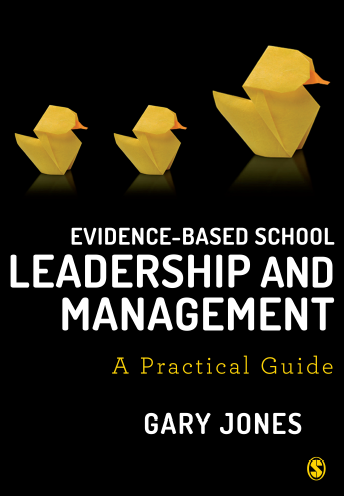In this post I look at how a school research lead might wish to summarise the evidence about teacher journal clubs. In doing so, I will try and make we have a format that allows the including of four sources evidence and also takes into the context of the individual. However, given the workload pressures, it is recognised that whatever report or document is produced, can be produced relatively quickly and without being burdensome. As such, whilst the example uses a Word based tabular format, the same information could also be presented on 10 - 12 slide PowerPoint or through the use of some kind of mind map
The template
The following example has been produced for a fictional school, which is considering introducing a teacher journal club into its professional learning programme. As will be seen from the example, the school is relatively new to research and is just beginning to put its 'toe in the water'.
|
Title
|
|
How can teacher journal clubs contribute to
teacher professional learning and the use of evidence-based practice?
|
|
Summary
|
|
Description
of the best available evidence
|
|
Research
|
Although there appears to be no systematic
reviews in educational settings about use of teacher journal clubs, a
systematic reviews in a health setting (Deenadayalan et al., 2008)
provides guidance on how to run a successful journal club. This guidance suggests: regular and anticipated meetings,
mandatory attendance, clear long- and short-term purpose, appropriate meeting
timing and incentives, a trained journal club leader to choose papers and
lead discussion, circulating papers prior to the meeting, using the internet
for wider dissemination and data storage, using established critical
appraisal processes and summarizing journal club findings. (from
abstract)
Recent research in education (Sims et al., 2017)involving
two 11-18 mixed secondary schools (Ofsted – outstanding) indicates that
journal clubs are a viable, scalable model of teacher-led professional
development, capable of creating sustained increases in evidence-informed
practice
|
School Data
|
The school is a mixed 11-18 school and is
currently rated by Ofsted as good. The
school has an extensive programme of professional learning – though little or
none is focused on research use. The
school has recently recruited a number of new staff who are at the beginning
of their career. However, there are
also a number of staff who have been at the school for over twenty years.
Although in recent years the professional learning budget has been squeezed –
there is still sufficient time in the programme for half-termly journal clubs
|
Stakeholders’
views (pupils, staff, parents, community)
|
|
Practitioner
expertise – key leaders
|
|
Questions
for consideration
|
·
Can we access suitable
research journals?
·
How do recruit volunteers
for the pilot?
·
Do teachers have the
capacity and capability to understand and apply research findings?
·
Do we have someone of
sufficient knowledge and expertise to lead the journal club?
·
Can desired changes in
teaching practice can be identified?
·
Is sufficient time
available for the implementation of journal club?
·
How will the impact of the
journal club be measured?
|
References
and resources
|
·
(Deenadayalan et al., 2008)
·
(Sims et al., 2017)
·
http://www.edujournalclub.com
|
Appraiser/author
|
·
School
research lead
|
Dissemination
|
·
To
be shared by email and to be discussed at the next staff meeting
·
Prior
discussion of paper at departmental meetings
|
Update
and review
|
·
When
is it likely that new relevant evidence be available?
·
During
2018 as reports on the efficacy of Research Learning Communities and the
School Research Leads are published by the EEF.
·
End
of the academic year
|
